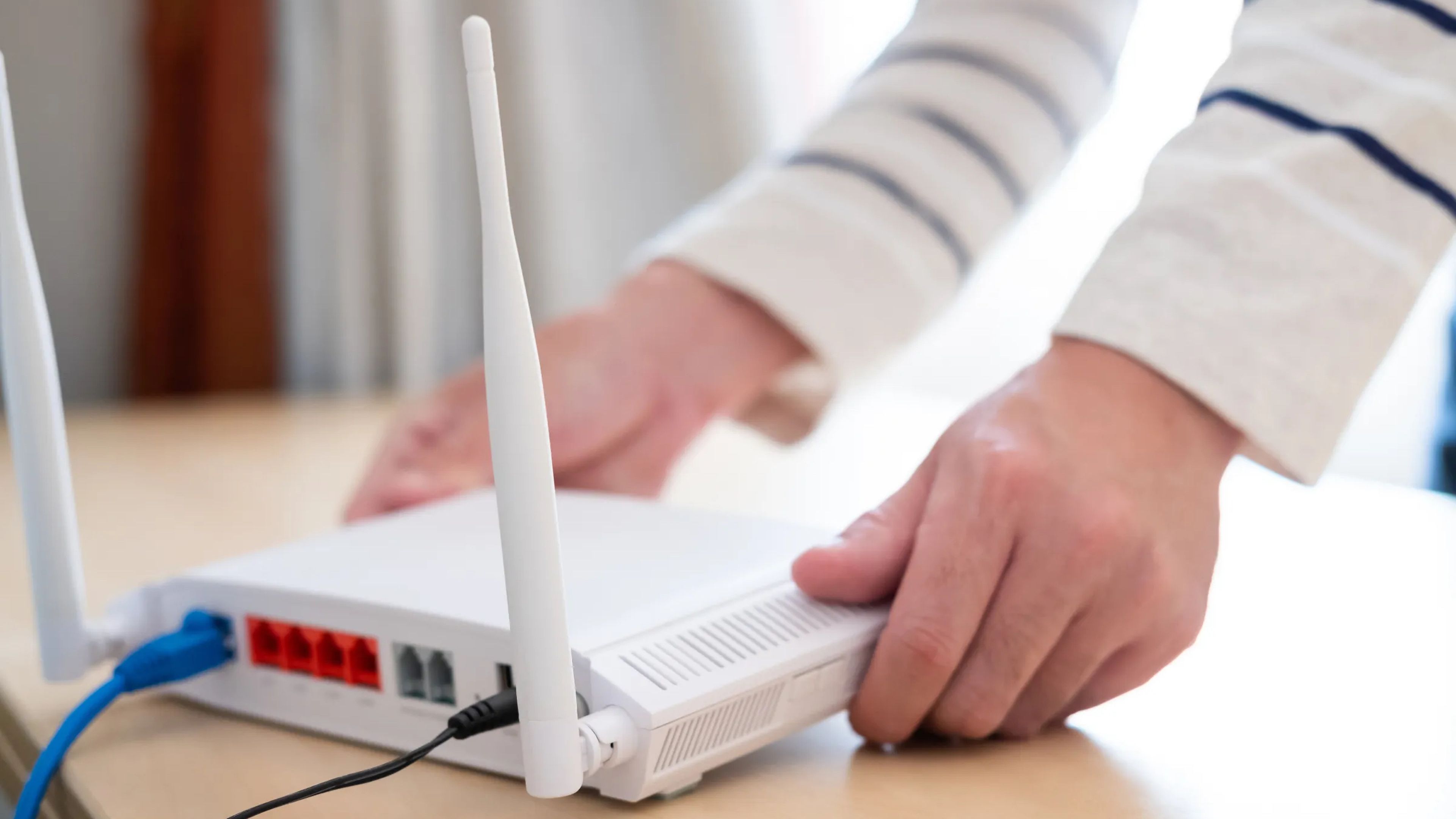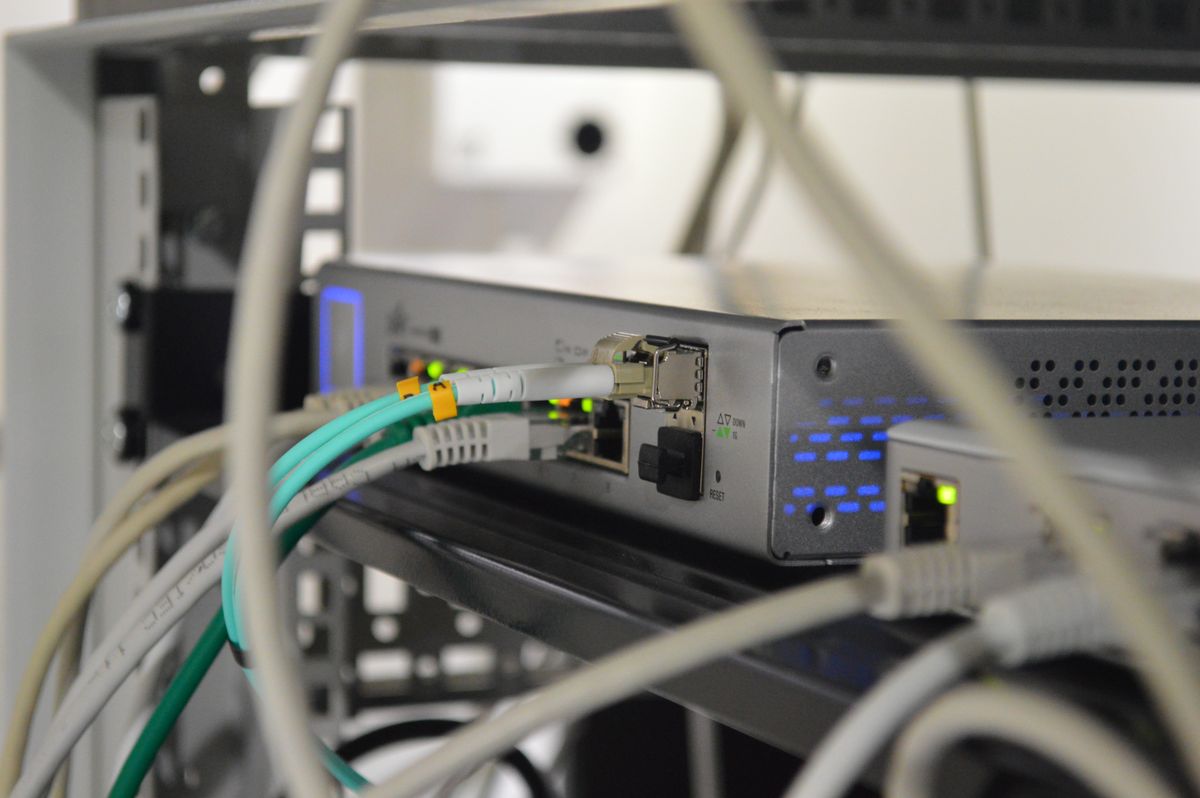[ad_1]
Port forwarding in a router is usually related to gaming, due to the advantages that this technique has in terms of network stability. grid Internet and preferences packages. But it has other uses.
Below, I’ll explain what ports are, why you need to forward them, how to configure port forwarding on a typical router, and common cases that can be resolved with port forwarding.
To begin with, what are the ports of a router? You may already know what IP addresses are. Every device on your network—smartphones, computers, consoles, or anything else plugged into the router or connected to Wi-Fi—receives an IP address. But there are two types of IP addresses: public and private.
Public IP addresses are the ones that other computers see on Internet when you connect to them. It is assigned by your Internet service provider to your modem. You can use Google to check your public IP address.
On the other hand, private IP addresses are used in internal networks: devices connected to the same router. Sometimes they need to communicate with each other, for example to transfer files between two computers or use a network printer.
How do network ports route data?
Ports are like mail sorting tubes inside a computer. When the data arrives on your device, the operating system checks the port number for which it is destined. Each port can correspond to a different application and there are 65,536 of them.
The first 1,024 are standardized. For example, unsecured web traffic goes through port 80, while secure websites use port 443. POP3 emails use port 110, but outgoing SMTP emails use port 25. Here’s the full list.
For ports 1,025 to 65,536 there are no strict definitions. This is by design. New applications are created every day that need to have routes to the web. If a single program exclusively used one of these ports, millions of others would not be able to use that port.
Web-connected applications can choose the port they want to use. Although it may seem difficult and time consuming, there is a solution: Universal Plug and Play (UPnP).

What is UPnP and how does it work?
Having all ports open all the time is a huge security risk, so any non-standard ports (ports 1,025 and up) are blocked by default on most routers.
This prevents malicious requests from reaching services that may be running on your network. However, closed ports also cause problems for online applications – the router will just block them as a security measure.

Why port forwarding is the solution to almost everything
You should consider whether port forwarding will solve your network problems. For example, security concerns over UPnP will no longer exist. But if online games won’t connect due to double NAT that you don’t control, port forwarding won’t help you.
Port forwarding has positive and negative aspects. Although port forwarding can fix problems with games or IoT devices with UPnP disabled, and manual configuration per app offers more security, that’s not all.
On the other hand, hePort forwarding rules must be reconfigured if private IPs change. Also, ports need to be manually forwarded for each application and device, which can be a hassle for large networks, and even small ones.
Disabling UPnP and configuring port forwarding is a good way to improve network security, although it’s not always easy to configure. Touching the router is never an easy or simple task.
[ad_2]







Leave a Reply